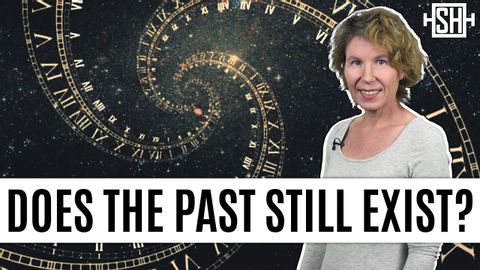過去はまだ存在するのか? (Does the Past Still Exist?)
Lin が 2024 年 11 月 24 日 に投稿  この条件に一致する単語はありません
この条件に一致する単語はありませんUS /ɪk'strimlɪ/
・
UK /ɪkˈstri:mli/
US /ˈprɛznt/
・
UK /'preznt/
- adj.出席している;現在
- n.プレゼント;現在時制;現在;贈り物
- v.t.紹介する;司会をする;発表する;提示する;(賞を)贈呈する
- v.i.現れる
US /ˈkɑnstənt/
・
UK /'kɒnstənt/
US /ˈbesɪkəli,-kli/
・
UK /ˈbeɪsɪkli/
エネルギーを使用
すべての単語を解除
発音・解説・フィルター機能を解除
